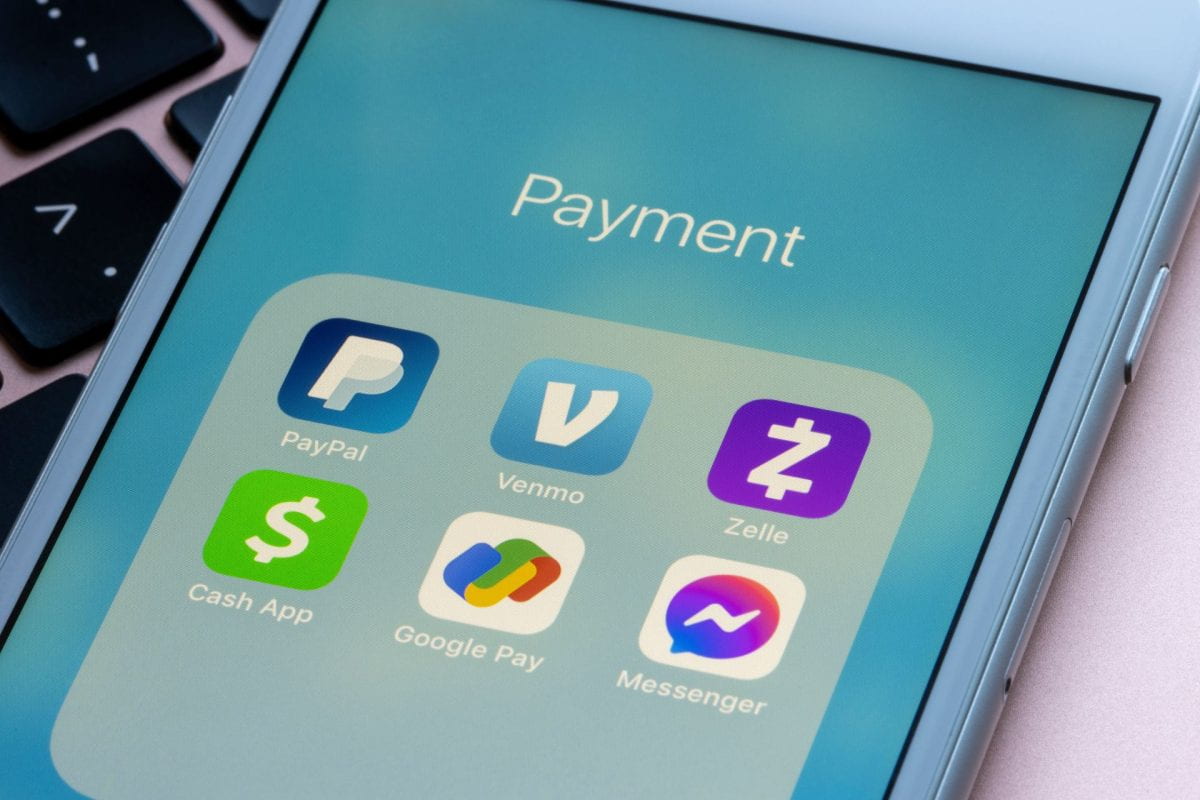You’ve all heard the phrases, “just Venmo me”, “do you have Zelle?”, and “can I send you Apple Cash?”. In the blink of an eye and a tap of a finger, your money can be sent to whomever you choose. However, without considering some basic protections, this convenience could come at a cost. As quickly as you send your friend $10 for dinner, you can lose $1000 to a bad actor.
Are you using best practices when taking advantage of these money exchange applications? Here are some useful tips to help you avoid falling victim to some of the more common scams.
Like any service or website hosting your personal information, always keep your login credentials secret and avoid sharing accounts. Use multi-factor authentication whenever possible to secure your account further. This feature can often be activated by navigating to the application’s privacy settings. While not foolproof, multi-factor authentication is one of the most effective layers of protection from cybercriminals.
Always protect your phone with a pin or password to secure your personal information. You can often go a step further by safeguarding the money exchange application itself. Lock it up with a pin or a biometric feature such as your fingerprint or face ID (CRCU, n.d). These protections prevent would-be criminals from accessing your application on your phone and sending money without your consent.
Be sure to verify the recipients of any money transfers carefully. Never send money to strangers, and always confirm that you are sending it to the rightful recipient by double-checking the account and the amount you are transferring.
Applications like Venmo offer a public feed of fellow users’ transactions that features information about payments and recipients. Consider making your account and activities as private as possible. A running list of friends you most commonly interact with is valuable information to a bad actor. A common Venmo scam involves a hacker acting as one of your trusted friends or family members, requesting money urgently in hopes you might fail to verify before hitting send. It is always a good idea to check the profile of the person requesting money for authenticity, especially if the request claims to be urgent (Venmo, 2022).
Another common scam involves a stranger ‘accidentally’ sending you money. There could be several ways a bad actor got this money, but most commonly, from a stolen credit card or banking information. In the case of a stolen credit card, the bad actor will receive the money you return, while you will end up footing the bill when the person whose credit card was stolen requests a refund (Venmo, 2022). If you ever receive an unexpected transaction, immediately contact the support team for the application you are using.
When conducting a transaction with a stranger, like selling a TV or table on Facebook Marketplace, some scammers may use an external account with money that won’t clear for a few days after the transaction. In this case, there is not much protection for users who are victims of these scams from either the money exchange application or their banking institution. One way to protect yourself is to avoid the application altogether by using cash. If that is not possible, wait to verify that the money has cleared before exchanging any goods or services (CRCU, n.d).
Always remain vigilant when using money exchange applications. Their convenience can become costly without taking the appropriate precautions. However, with cybersecurity top of mind, Venmo, Zelle, Cash App, or any other application you use in your daily life can be very safe and secure. If you find yourself in one of the suspicious or dangerous situations mentioned above, use the resources provided by our office and the support team on your app.
References
- (n.d.). Community Resource Credit Union. CCRU. https://www.crcu.org/are-p2p-payment-systems-safe-#:~:text=Convenient%20as%20they%20are %2C%20P2P,your%20money%20to%20a%20scammer
- (n.d.). Venmo. Venmo.com. https://help.venmo.com/hc/en-us/articles/360048404533-Common-Scams-on-Venmo
